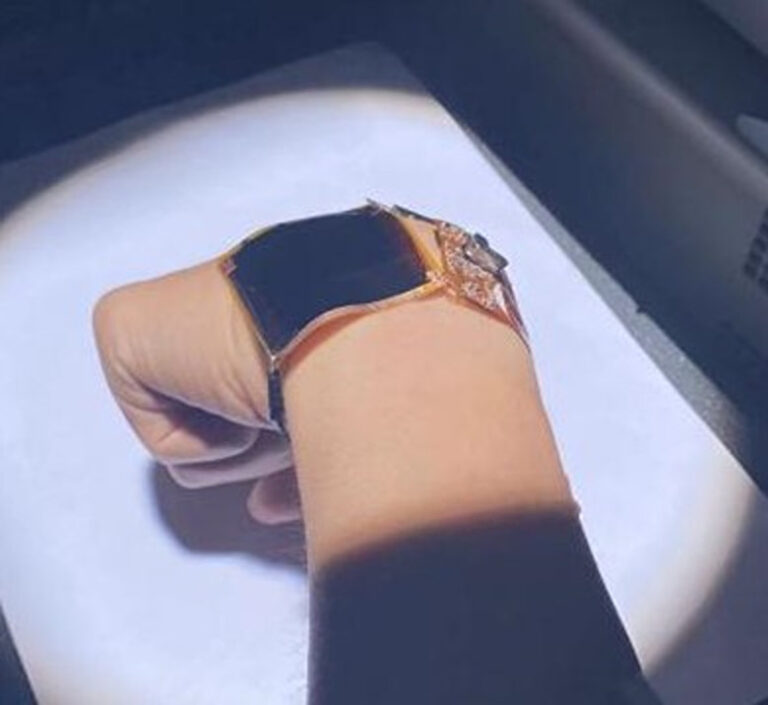The micropower system is designed for use in portable electronics and uses an MPPT structure based on a modified FOCV algorithm, a DC-DC converter, a load or a rechargeable battery, a flowchart of MPPT and a microcontroller.
Researchers from Northwestern Polytechnical University in China have developed a flexible photovoltaic micropower system for applications in wearable electronics.
“We built the system by integrating a flexible perovskite solar panel with flexible maximum power point tracking (MPPT),” said the study’s corresponding author Tao Ye. pv magazine. “By adhering to the surfaces of human skin or clothing, without hindering mobility or adding additional strain, stable and efficient use of solar energy from the ambient air can be achieved.”
The main feature of the system is the modified fractional open circuit voltage (FOCV) algorithm used for the MPPT technique applied in the micropower system. The general version of this algorithm is generally used to track MPP of photovoltaic systems due to its easy implementation and cost-effectiveness, although it also offers unstable output power and limited tracking accuracy. The modified version of the algorithm would have simplified the logic and had fewer iterations.
“The fundamental principle of the FOCV algorithm is as follows: the MPP voltage of a solar panel always falls within a specific proportional interval of the no-load voltage, with each operating voltage corresponding to a certain equivalent load value,” the scientists explain. “Therefore, it is crucial to monitor the real-time operating voltage to determine how to adjust the equivalent load next. This adjustment ensures that the real-time operating voltage is in line with the MPP voltage range, allowing efficient tracking of the MPP.”
The MPPT structure of the system is based on the modified FOCV algorithm, a DC-DC converter, a load or a rechargeable battery, an MPPT circuit board and a microcontroller.
“After designing the customized FOCV algorithm and the performance-oriented DC-DC converter, we conducted a series of experiments in indoor, outdoor and shaded environments,” Ye explains. “The proposed MPPT technique showed a high tracking accuracy of 99.25% and a tracking speed of only 0.2 seconds in the small power range. Furthermore, the MPPT system demonstrated exceptional performance with its lightweight of only 4.6 g and compact dimensions of less than 3 cm² x 3 cm².”
According to its makers, the micro-power system can be used to power wearable electronics, such as electronic watches, Bluetooth earphones and smartphones, without relying on heavy energy storage batteries or power supplies. “This system expands the way to harvest solar energy efficiently in highly adaptive and dynamic wearable electronics applications with a small power range,” Ye added.
It was described in the study “Flexible photovoltaic micro energy system enabled by a tailor-made MPPT,” published in Applied energy.
This content is copyrighted and may not be reused. If you would like to collaborate with us and reuse some of our content, please contact: editors@pv-magazine.com.


